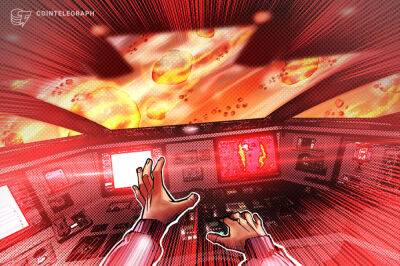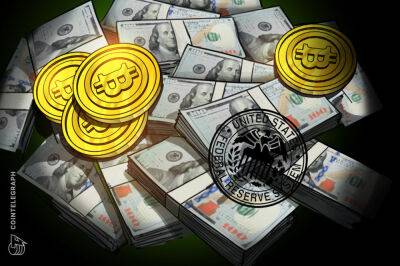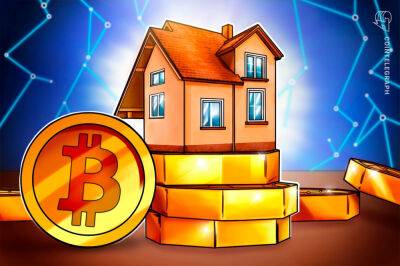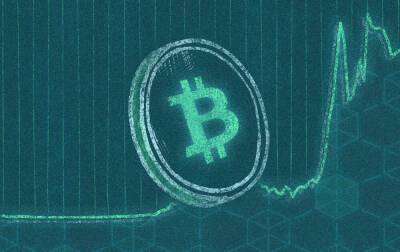What determines the value of Bitcoins?
Of course, there’s the intricate relationship in supply-demand metrics, but it boils down to trust! The trust we place in the government and the monetary system in place. Bitcoin (BTC) is not issued by a central bank or backed by a government, so where does its intrinsic value come from? When we talk about Bitcoin’s value, aspects such as decentralization, distribution, scarcity, security and systems of trust simultaneously play a role.
Presented ByDid you Know?
From Pro Kabaddi League to IPL,
View Details »Decentralization, Distribution & Security Rather than relying on central authorities, blockchains give power and freedom to the users. No single entity can make decisions on everyone’s behalf. Distributed ledger technology (DLT) is non restrictive and permission-less. They are transparent and secure. DLT's does not store information in any one place. Instead, it distributes information across a peer-to-peer network. All network participants have access to the distributed ledger technology (DLT) and its immutable record of transactions. The benefits of a blockchain network include greater trust and security, as network members will be receiving accurate and timely data. Additionally, No one can delete a transaction. Scarcity & Trust A Bitcoin's main source of value is its restricted supply and increasing demand. Its supply is programmed to be limited. Unlike traditional money, Bitcoins aren't printed out. Instead, they are mined out of the system. Bitcoin relies on a decentralized network of independent nodes to approve consensus-based transactions. In simple terms, a miner has computers (or nodes) running the mining program. Only 21 million BTCs can ever exist. An asset that is scarce can command a high price, while
Read more on economictimes.indiatimes.com





![Analyzing if Shiba Inu’s [SHIB] burning protocol is having any effect on its price - ambcrypto.com](https://finance-news.co/storage/thumbs_400/img/2022/5/22/26687_ra9.jpg)

![Can Fantom’s [FTM] recent near 19% spike improve its long-term prospects - ambcrypto.com](https://finance-news.co/storage/thumbs_400/img/2022/5/22/26685_c3s.jpg)
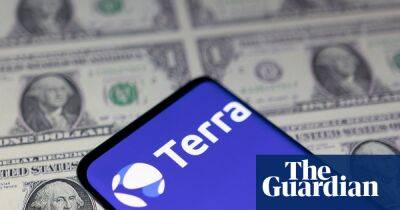

![Amid widespread weaknesses, how Monero [XMR] is managing to stay optimistic - ambcrypto.com - city Santiment](https://finance-news.co/storage/thumbs_400/img/2022/5/22/26682_4uh.jpg)

